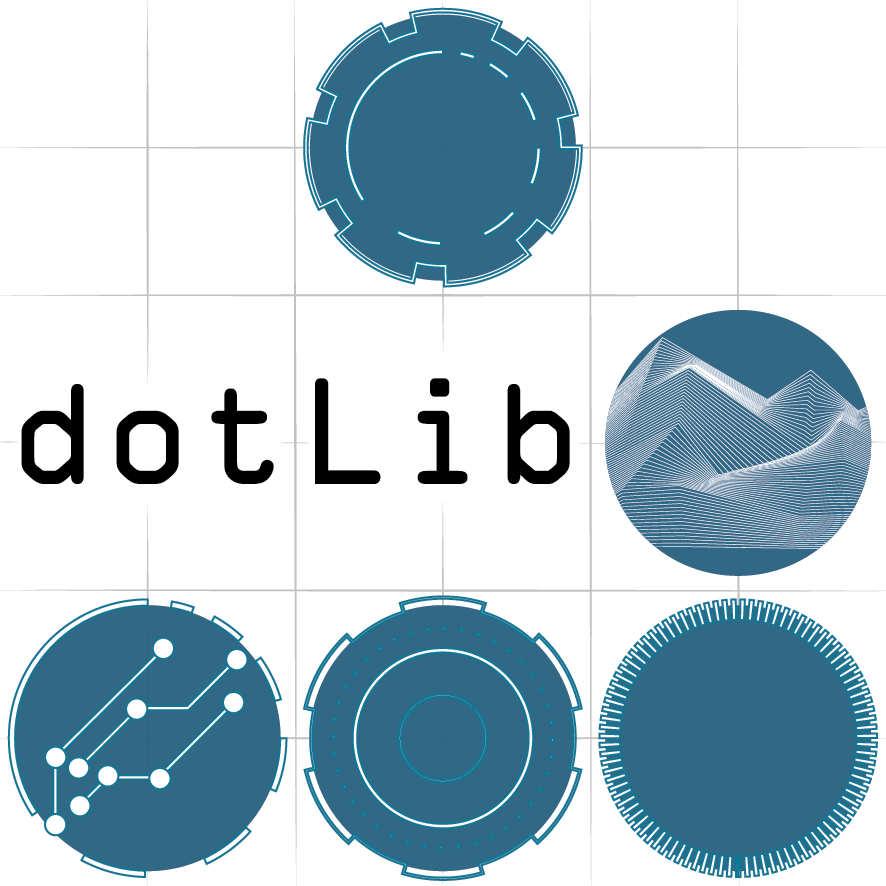Workshop 4 Resources
We are going to take a little break from coding and have a look on the tools side of things. Firstly, you may have been wondering about these lovely circuit design images you have seen here and around the web. These are created with a great Open Source bit of software called 'Fritzing' which is free to download, though they deserve a donation if you can afford one. It enables you to build designs for your circuits in a way that is friendly to beginners and many maker suppliers (Adafruit, Sparkfun etc) release components that you can add to the parts library. There are 3 views available, the breadboard, schematic and PCB which are all linked. There is also a code tab which should work just like the Arduino IDE if you want to use it to save, upload and edit in too, but I must admit I haven't tried it.
[N.B. - save regularly, Fritzing can be a little glitchy at times, but is generally good!]
Breadboard View
This view is the one you are used to, building is as simple as searching for the part you are after in the top right search window and dragging it to your design. You can click and drag on connections to wire things together and right click on the wires to change their colours. Each component will have an inspector on the right where you may be able to change features of it, e.g change the resistance value of a resistor which will also update the part with the correct colour code. If you can't find a part you want to use, you may be able to add it to your parts library, do a web search to see if the Fritzing part is available.
Example circuit with Fritzing showing the limitations of breadboard view!
Schematic View
Looking at the breadboard view of the circuit above, we start to see the limitations of this view and the mess it can create with what is still a fairly simple circuit [N.B. - Be warned, the Arduino forum does not take kindly to messy breadboard views being posted when asking for help, but then again the Arduino forum isn't too friendly anyway, try the Adafruit forum instead!]. We might be able to clean it up a bit by routing the wires around and using a bigger breadboard, but really it is better to start working with a proper circuit diagram as is shown below.
If you have created a breadboard view already then all your parts will be there and you will have 'ratsnest' wires connecting them, dotted lines showing the connections from the breadboard view. When you start moving these around they will become proper traces, or you can right click on them to make them so. Beware - if you delete a ratsnest wire in the schematic view, it will remove that connection from the breadboard view which may mess things up, sometimes you may want to make a save of each view.
Notice that I have used a symbol for the connection to ground at the bottom of the diagram to save from crossing over lines and to keep things clear. Use the Fritzing search box to find these 'symbols' for ground and power and you can use the 'net labels' in the similar way. Simply create two net labels and give them the same label in the inspector on the right and they will be connected like in the example below
PCB
I am not going to go into this view right now, suffice to say it is there for designing your actual Printed Circuit Board. These designs can be sent to board manufacturers or indeed you can use them to etch or mill your own PCBs from copper plated board. This whole process is an art in itself so right now I want to have a look at soldering in general and at using another method to move your circuit from breadboard to something more permanent, i.e. strip board and proto board.



